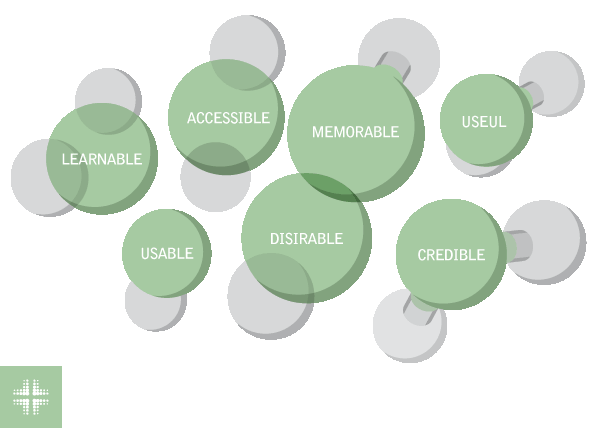Healthcare professionals are daily faced with the consequences of digital information, as the majority of patients seek information online before scheduling appointments at the clinic.
In this new environment, understanding the needs of patients and optimizing the online presence of the healthcare unit is a valuable investment for both the healthcare professional and the patient.
According to recent studies, the digital transformation of a healthcare unit increases patient satisfaction by 95%, while the cost of distance healthcare services is reduced by up to 70% compared to the average cost of a typical medical session. The Challenges of Optimization
The Challenges of Optimization
The use of digital health applications requires specialized knowledge in the broader scientific and contemporary subject of Multimedia Technology.
Implementing a digital communication strategy without measurable data can lead to incorrect promotion and projection practices for healthcare units.
In this article, we describe the reasons why a healthcare unit should leverage the benefits of optimizing its online presence despite the initial challenges it presents.
Increase in Visibility and Recognition
Last year, 72% of internet users searched for information about their health online, according to the Pew Research Center.
By optimizing a medical website for specific keywords and publishing useful and high-quality content, the healthcare unit can improve its ranking in search engines and attract more patients to the clinic.

The Patient’s Problem
Patients cannot be aware of the services provided by healthcare units that lack quality online presence.

The Clinic’s Problem
Healthcare units struggle to attract patients if they do not have a strong online presence.
Enhancement of Credibility and Reputation of the Healthcare Unit
U.S. Department of Health and Human Services: Research-Based Web Design and Usability Guidelines
Based on the results of two major studies, the actions related to website optimization that contribute to ensuring the high credibility of the healthcare unit are:
Designing the medical website based on the patient’s needs.
Making it accessible, user-friendly, and well-organized.
Ensure that it contains quality, reliable, useful, and regularly updated content.
Include a set of frequently asked questions and answers for patients.
The articles on the website should have references and author information prominently displayed.
The website should be linked to other reputable medical websites.
Patient Education and Information
Patients who are well-informed about their health have a better quality of life (National Bureau of Economic Research).
A modern healthcare facility aiming to provide high-quality digital health services should publish educational articles, videos, and graphics to help patients better understand their health issues.
Insufficient Information and Misconceptions
Lack of trust in healthcare professionals.
Patients receiving advice and recommendations from unreliable sources.
Limited knowledge among patients about their health conditions.
Poor adherence to treatment plans and medical recommendations.
Benefits of Quality Information and Education
Increased trust in healthcare professionals.
Understanding of healthcare conditions.
Increased knowledge among patients about their health conditions.
Compliance with healthcare guidelines and better health outcomes.
Effective Communication with Patients
A medical website can help healthcare organizations communicate more effectively with patients.
By integrating a web-based system for direct communication and appointment scheduling, patients can easily communicate with healthcare providers and access their medical records. This can increase patient satisfaction and improve the relationship between patients and healthcare staff.
Lack of Effective Communication
Patients experience frustration and long waiting times when trying to schedule an appointment.
Many patients have difficulty remembering important medical information shared during appointments.
Healthcare facilities struggle to communicate important information to patients in a timely and effective manner.
Benefits of Communication
Online appointments reduce frustration and improve the scheduling process.
Direct access to relevant information will help patients better monitor their health and accurately follow their doctor’s instructions.
Improved communication can lead to more effective collaboration between patients and healthcare professionals.
Technological Innovation and Competitive Advantage
Patients who use patient portals are more likely to remain engaged with healthcare providers (Journal of Medical Internet Research).
Having a medical website with modern digital health services, interaction, and information can benefit healthcare organizations.
Lack of online visibility
The healthcare unit does not offer patients digital tools that can help them better manage their health.
Patients may be led to search for an alternative solution that better meets their needs.
Benefits of online visibility
Patients have higher rates of preventive care and better health outcomes.
New technologies can increase appointments at the clinic and reduce the cost of digital health services by up to 70%.
Βιβλιογραφία
“Η Ικανοποίηση των Ασθενών στην Ανάπτυξη του Μάρκετινγκ Υπηρεσιών Υγείας.” Πιερράκος Γ, Τομάρας Π. , 2009
“Σχέση Ιατρού – Ασθενή, Θεωρητική και Πρακτική Προσέγγιση” Χρήστος Λιονής, Ελένη Πιτέλου, Πανεπιστήμιο Κρήτης, Τμήμα Ιατρικής, 2015
“Health Online 2013” Pew Research Center, 2013, www.pewinternet.org/2013/01/15/health-online-2013/.
“The Digital Journey to Wellness: Hospital Selection.”, Google, 2012, www.thinkwithgoogle.com/marketing-resources/health-wellness-digital-journey-hospital-selection/.
“The Internet and the Medical Industry.” NBER Working Paper Series, no. 13444, Sept. 2007, www.nber.org/papers/w13444.pdf.
“Online Patient Portals and Patient Engagement: A Systematic Review.” Journal of Medical Internet Research, vol. 16, no. 6, 2014, doi:10.2196/jmir.3169.
“Digital Health Strategies and Performance: Evidence from Electronic Health Records.” Journal of Healthcare Management, vol. 62, no. 2, 2017, pp. 93–105, doi:10.1097/jhm-d-16-00026.



